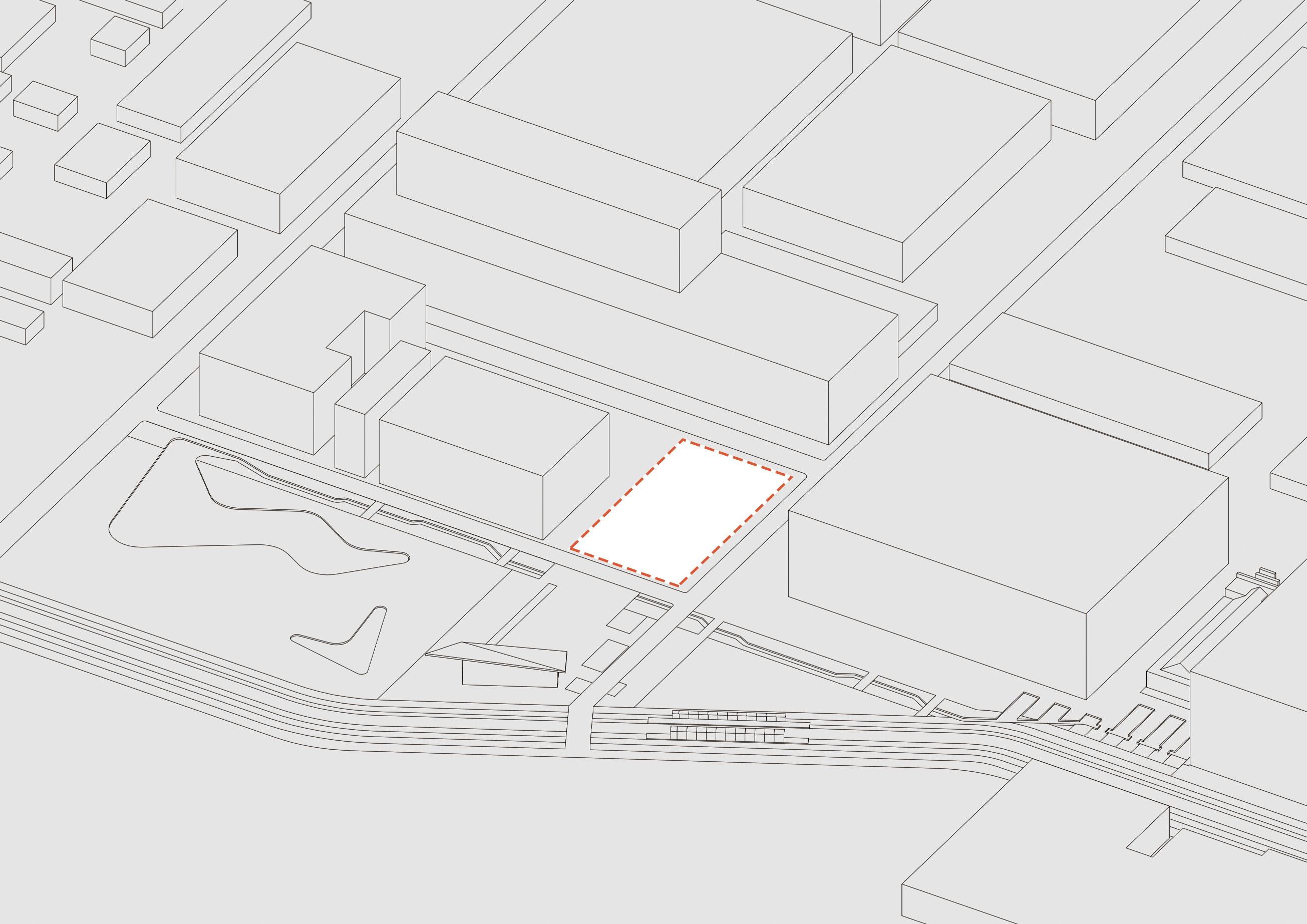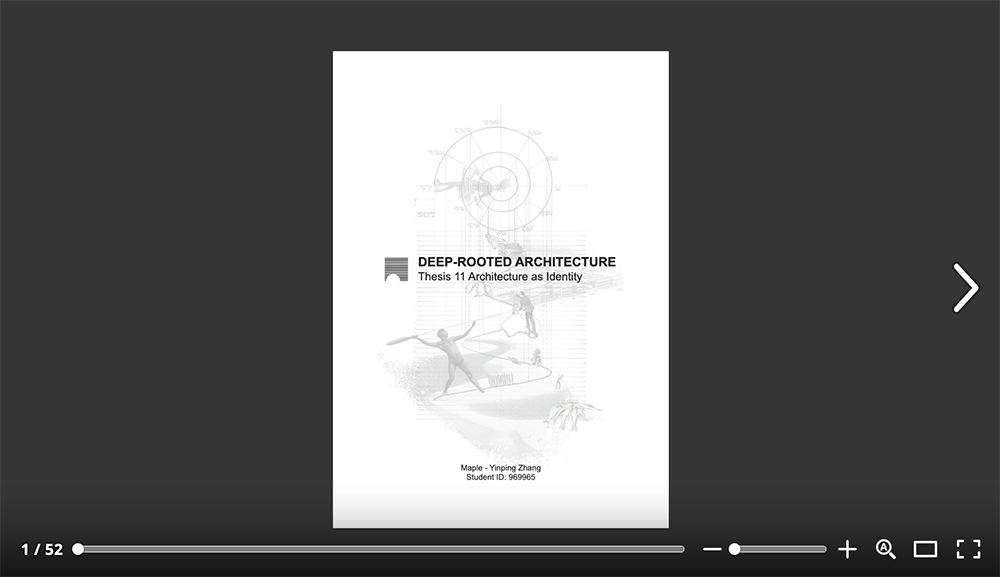Yinping Zhang
The flat concrete floor of the industrial zone smoothed the original dunes and wetlands of Fishermans Bend. The neatly arranged industrial plants make it harder for people to remember that this was the area where the indigenous people lived for 40,000 years. Only the name Fishermans Bend hints that this was once a fishing paradise.
In a modern society where efficiency is paramount, it is not only factory buildings that exist independently of the site context (rootless architecture). In addition, there are many architectural designs that are only related to the current condition of the site, without considering its historical and cultural background (shallow-rooted architecture). The site recognizability of the building is getting weaker and weaker, and it is more and more difficult for people to understand the land through a building.
The historical evolution experienced by each site is its inherent identity. Is it possible to design a 'deep-rooted architecture' that links the building with the history of the site environment, and could find traces of the stories that happened in the past?












